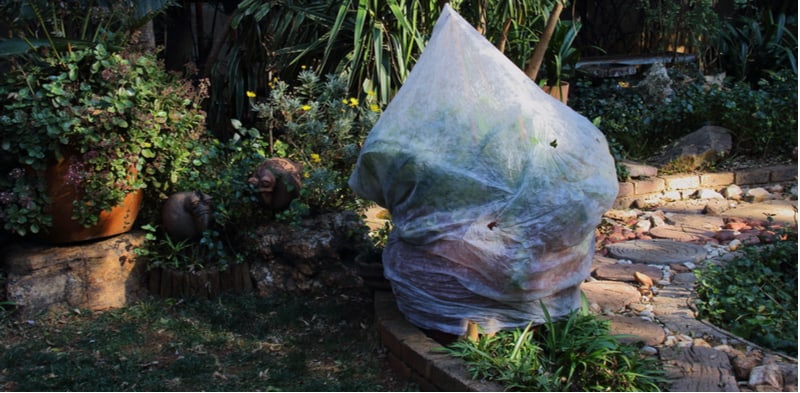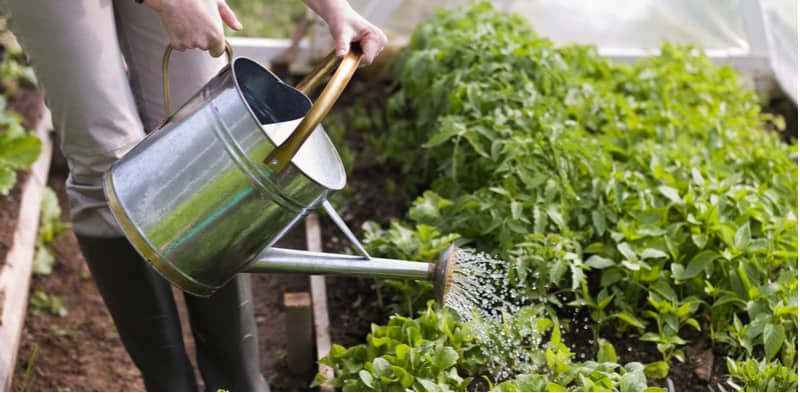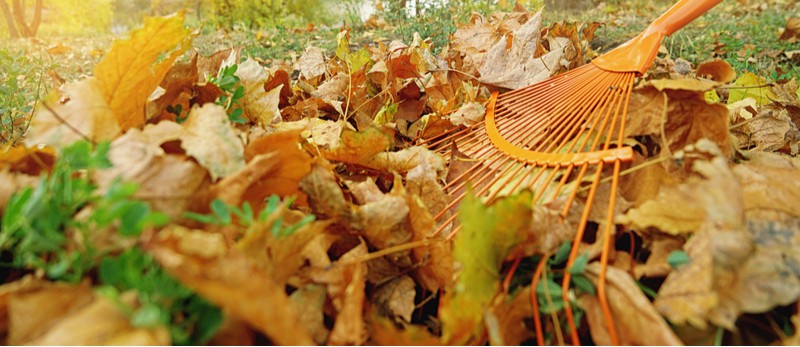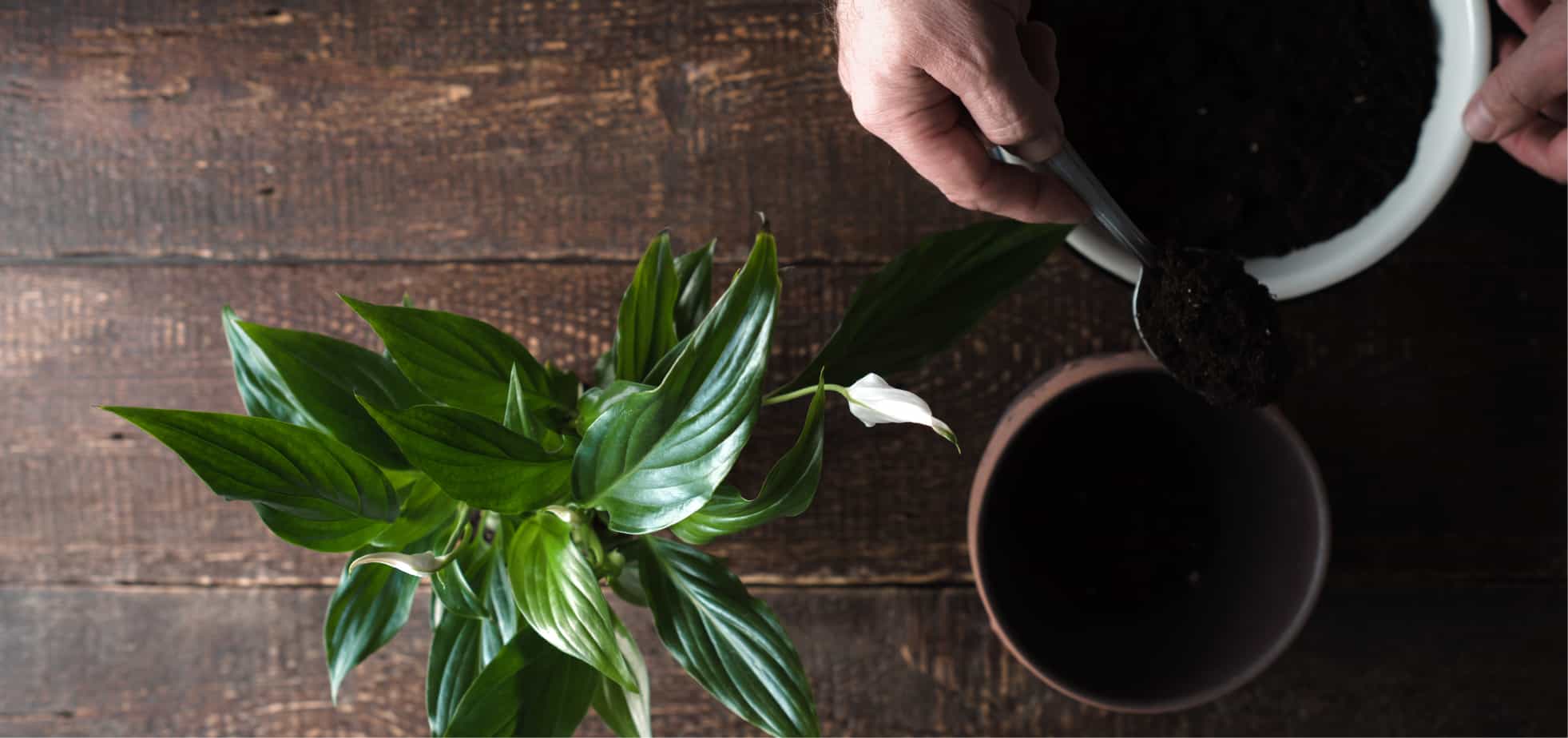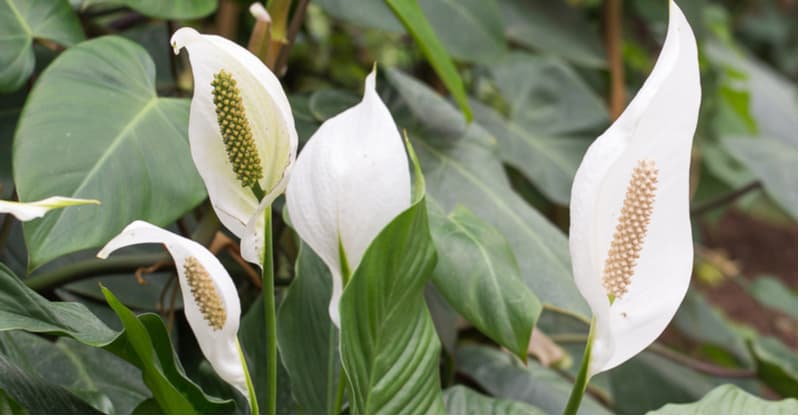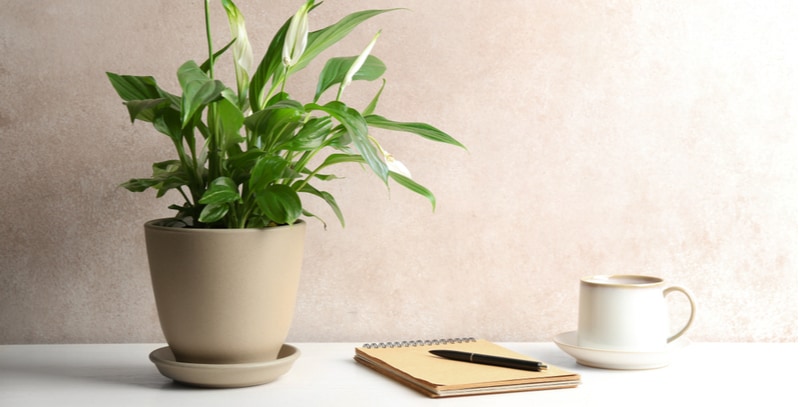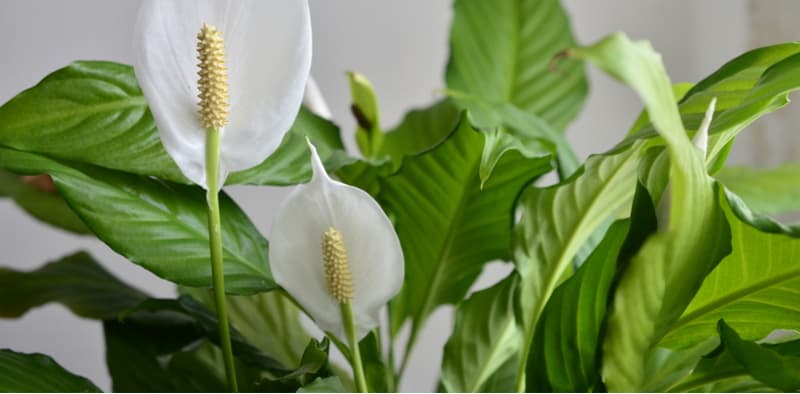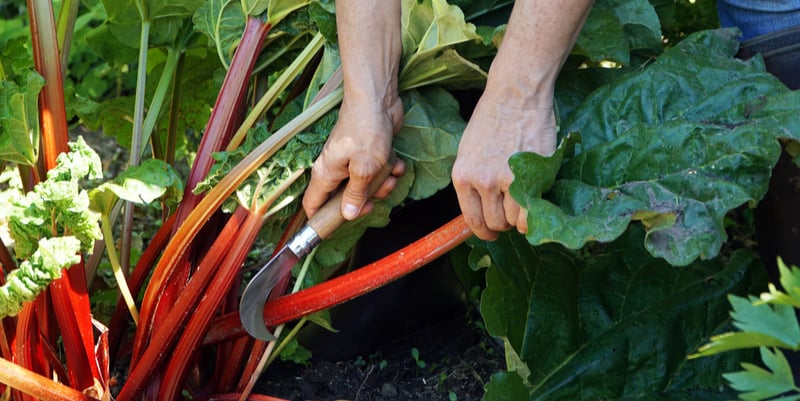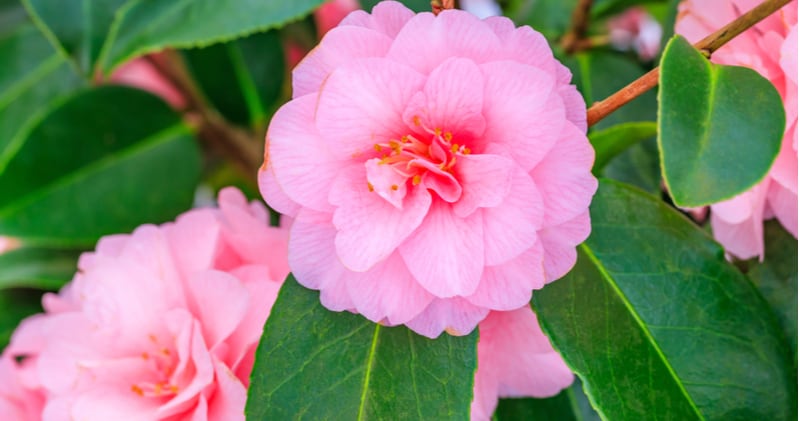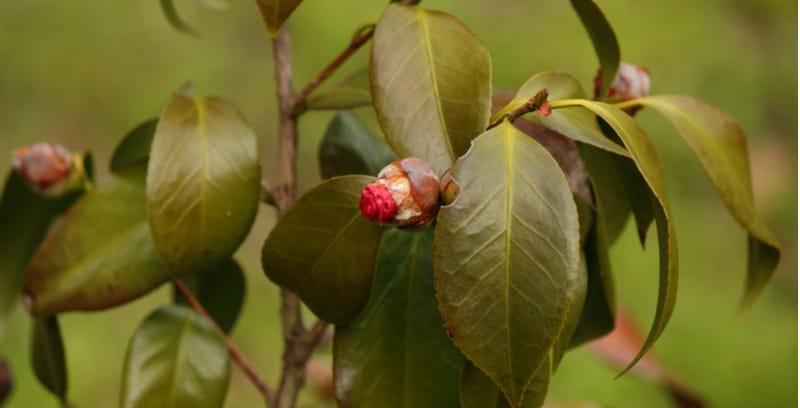There are container-grown plants, tender perennials, even specimen trees that can be damaged when a heavy frost presents itself. However, there are ways that you can protect your plants from damage in the winter so that they survive and you can prolong the harvest of the plants you have worked so hard to cultivate. Remove snow from shrubs, trees and hedges to avoid broken branches The first step is to physically remove the snow before…
Watering doesn’t come free, so knowing when to water your plants can help you economically by preventing water loss for your plants and your soil so that you only spend what you have to. When to water plants – Water morning and evening when possible The best time to water your plants is early in the morning before the temperatures get too warm and the sun gets too high in the sky. If you wait…
Winter is typically a more relaxed part of the year in terms of plant and lawn care, there are still some things you can do to make sure that your lawn not only stays at its healthiest throughout the winter but is as prepared as possible for the upcoming seasons. October is the last time you can aerate and scarify the lawn before spring. If there is still time, get this done before November and…
A Peace Lily is an eye-catching houseplant that is very easy to grow, but getting the perfect blooms requires a bit of finesse. This article will explain how to care for your Peace Lily so that you can achieve stunning leaves and beautiful white blooms. First of all, a Peace Lily is not, in fact, a Lily at all. It’s a tropical perennial which means it can go on living for years to come, flowering…
A Peace Lily is happiest when the roots are ever so slightly crowded, but when it’s time to give your plant some more space, it will let you know. How can you recognise when it’s time to repot your Peace Lily? The first sign you will notice that it needs repotting is that it will start to wilt more frequently between watering because the soil is unable to retain much moisture when watered, and it…
The Peace Lily is a stunning indoor plant that thrives in conditions with low light although they do need bright indirect light to flower. It can grow to around 4ft in height once established in a large pot. It will produce pale white flowers that last for quite some time in the right growing conditions and offer a pleasant fragrance for the duration of their existence. However, in spite of all the care you give…
The peace lily is a popular indoor plant that has dark green leaves complemented by stunning white flowers that produce a lovely aroma. As a perennial, this tropical-looking plant will produce flowers time and time again and survive for years. But what if you aren’t getting any flowers? What if all you have are green leaves? There are a few reasons for this and it’s usually because it’s not got the right growing conditions. Often…
Rhubarb is a plant that is actually a vegetable. It is very easy to grow and is mostly used for desserts because of its wonderful flavour. As long as you know when to pick rhubarb, you can make a multitude of delicious foods and desserts year after year. Harvest your rhubarb as early as February by forcing, and March without forcing You can get early cultivars of rhubarb that can be picked around March or…
Camellias are flowering evergreen shrubs that produce large, eye-catching flowers at the end of winter or the beginning of spring. Even though they are a little finicky about their growing conditions you can grow Camellias in good-sized pots and containers. In fact, if you really want to provide the most suitable growing conditions, it’s much easier to control it in a container than it is in the ground because you don’t have the soil pH…
Camellias are fantastic shrubs with stunning flowers that bloom between autumn and early summer. Some of the most common problems, of course, relate to having incorrect growing conditions, as is often the case although there are a handful of pest and disease problems that could be affecting your Camellias. The trick is to narrow down the area of the shrub that is being affected so that you can further refine the list of problems to…

